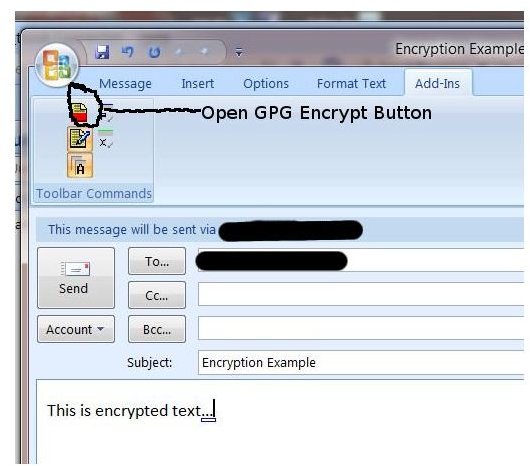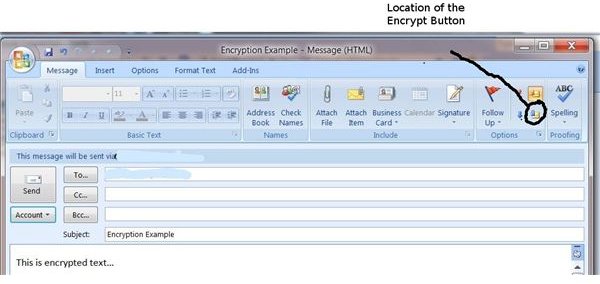How to Encrypt an Email
What is Encrypting an Email?
Email encryption is a process where the actual body is coded using an encryption key. An e-mail with text like “This is an encrypted e-mail” will appear to anyone without the proper keys as either a blank e-mail or something like “DCBF23AED192E59831.” It is intended for confidential information between the sender and recipient.
What is Needed to Encrypt an Email?
In order to encrypt your e-mails, you and the recipient both need to have a “Public Key” available to you. This can be in the form of a Digital Signature (such as those from Thawte or Verisign or Startssl), a PGP (Pretty Good Privacy) key, or the open version of PGP (Open GPG) key. You need their Public key in your repository, and they need yours in theirs. As guessed, the repository is like a key-chain.
The Steps for How to Encrypt an Email
First you need to get the recipient’s key, and send them yours. You do this by sending a signed (but not encrypted) e-mail to the recipient, and have them send a signed e-mail back to you. Then you import their key into your repository.
Next, you will create your e-mail as normal. Before sending it, you will select Encrypt from the security options (the location of this varies by e-mail client). ***Make sure you choose the option of “Encrypt this to myself,” otherwise you will not be able to read the e-mails in your sent items (or resend them if necessary).***
Finally you will choose your signing key (if you have more than one). And you will send the e-mail.

What Happens Next?
After you click Send, the e-mail is encrypted (using a combination of your Private key and their Public key) and then sent to the recipient. When they receive it, they will have an indicator that shows whether or not the e-mail has been tampered with or the certificate is valid (typically a green or red icon in the header). As long as they have your Public key in their repository, the e-mail should appear normal (although they may have to open it to view it).
Final Thoughts
Between Digital Signatures and encryption there is a lot of potential to make transactions and other correspondence more secure. Imagine that your bank, credit card, or other places that you receive statements from could send the entire statement to you securely. This would eliminate the need for mailed statements or printing them from the website. It would sit in your e-mail box, encrypted so only you and they can view the information. I recently migrated a lot of my website logins to another e-mail address, and used Encryption to send myself a list of the new usernames and passwords (I was on a different system than I normally use at the time). The possibilities are endless.
Links for More Information
https://www.startssl.com (StartSSL Digital Certificates)
https://www.thawte.com (Thawte Digital Certificates)
https://www.verisign.com (Verisign’s Digital Certificates)
https://www.pgp.com (Pretty Good Privacy (PGP))
https://www.gnupg.org (Open PGP application)
https://www.brighthub.com/computing/smb-security/articles/38933.aspx (Top 5 Free Email Encryption Programs)
https://www.brighthub.com/computing/smb-security/reviews/30050.aspx (PGP Desktop 9.9 Review)
https://www.brighthub.com/computing/smb-security/articles/30042.aspx (How to Encrypt Emails with PGP Desktop Email)
